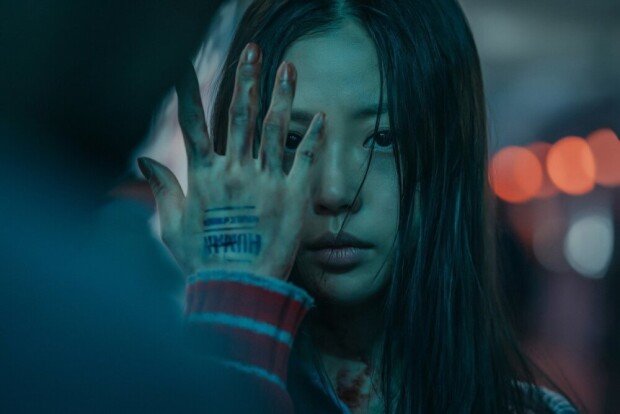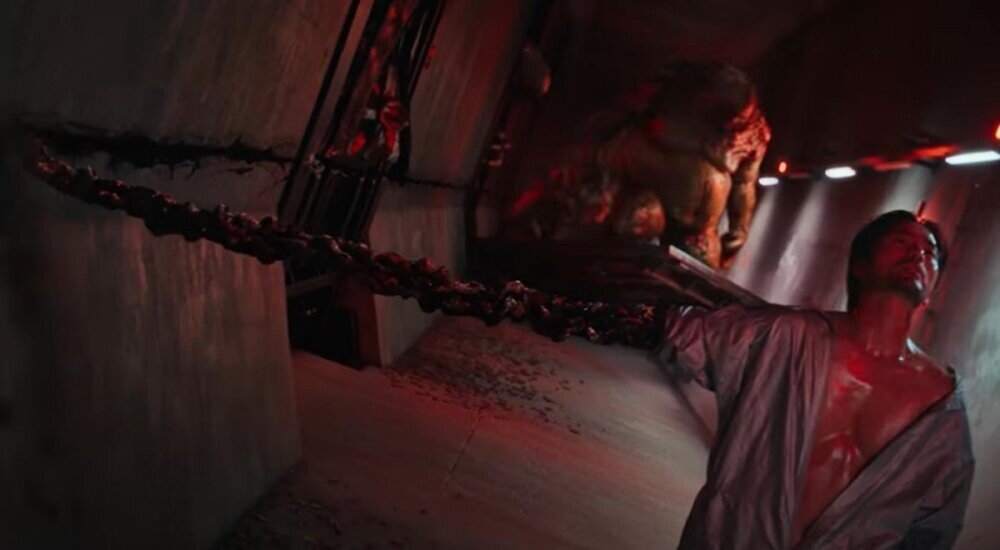
“Driven by desire, humans destroy everything they can get their hands on and drive other species to extinction. Humans are viruses, monsters are vaccines.” (Dr. Lim from Netflix’s Sweet Home)
Netflix’s drama series “Sweet Home,” which depicts the battle of humans trying to survive attacks by monsters-turned-humans, will return with its second season in three years on December 1. The size has grown with more advanced computer graphics. As we navigate through many different types of people and see how they react to extreme situations, we ask ourselves the dangerous question: “Who are the monsters?” Who are humans?
The first season of Sweet Home, which was unveiled in 2020, entered the top 10 on Netflix in the US for the first time as a made-in-Korea series. Fans have shown great interest in Season 2, where eight episodes will be revealed simultaneously. Although the drama was originally based on a webtoon, the latest series takes the story to another level. Episodes 1 through 3 have been previously released.
Season 2 begins with the residents leaving Green Home, the dilapidated apartment that served as the backdrop for Season 1, to take up residence in a “safety camp” controlled by the military. The monsters have already begun, but Cha Hyun Soo (played by Song Kang), who can control himself, unlike the other monsters, believes that he is the key to ending this situation and volunteers to be tested to develop the vaccine.
While the first season heightened the fear by having the characters encounter monsters in a limited space, the second season depicts Seoul as a ruined city, making viewers uncomfortable with the possibility of monsters appearing out of nowhere. But more important than that is the focus on humanity.
Computer graphics have evolved to more complex levels than ever before. Hyeon-soo’s right arm turning into a spiked wing is even more stressful than the first season. Many different monsters are depicted as if they have been resurrected, with humans becoming monsters driven by their desire. For example, those obsessed with appearance become hideous monsters, and patients fighting disease become bloodthirsty monsters.
Ji-Sun Choi [email protected]












































